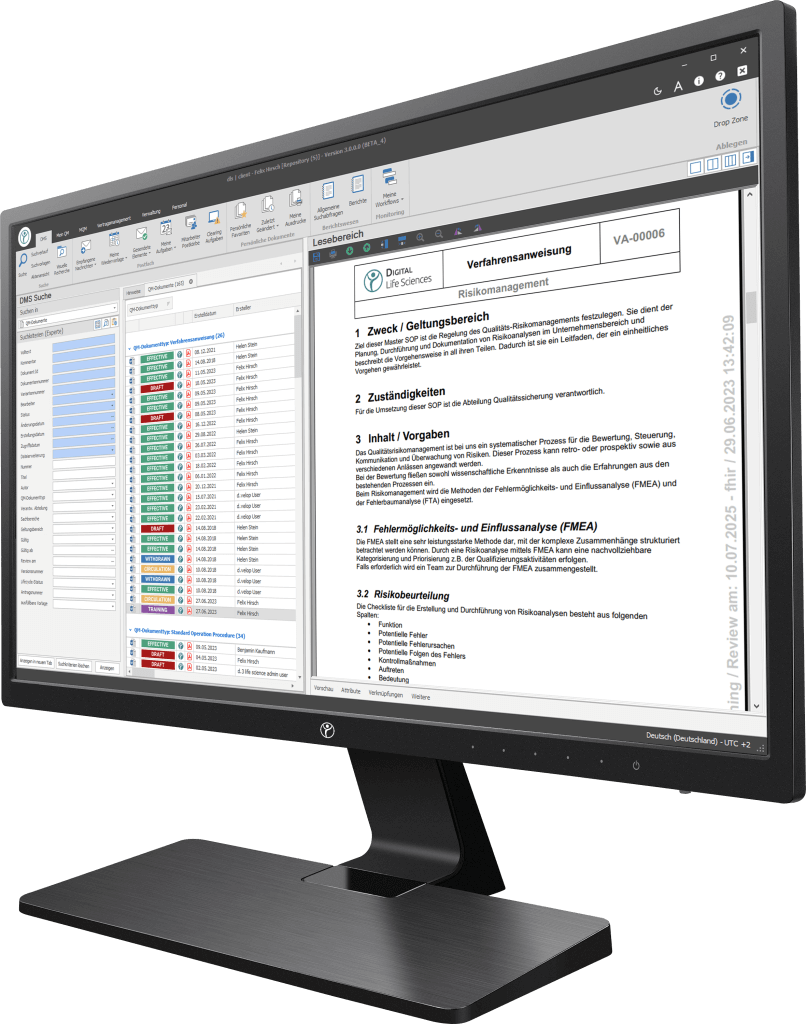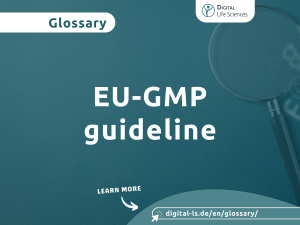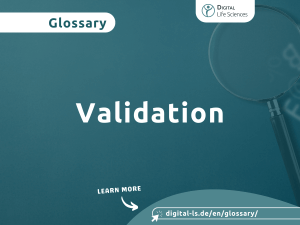Medical Device Regulation (MDR) – Regulation 2017/745 (EU) on medical devices
The German equivalent for the term Medical Device Regulation (MDR) is “Medical Device Regulation”. The European Union (EU) Regulation 2017/745 will become binding throughout Europe on May 26, 2021. In this article you will find information on content and implementation regulations for the medical technology industry.
EU regulation tailored to medical technology
Already on April 5, 2017, the “Regulation (EU) 2017/745 of the European Parliament and of the Council on medical products” entered into force. It replaces the previously valid “Directive 93/42/EEC on medical devices”. In concrete terms, this means for you in the medical technology sector that EU Regulation 2017/745 supersedes the following earlier directives:
- Medical Device Directive 93/42/EEC (MDD);
- Directive 90/385/EEC, active implantable medical devices – Active Imlantable Medical Devices (AIMDD)
The EU bodies opted for a separate regulation with regard to Directive 98/79/EC on in vitro diagnostic medical devices (IVD). This guideline did not find its way into the medical device regulation. It will be replaced by the separately worded EU regulation “In-Vitro Diagnostic Medical Devices Regulation 2017/746 (IVDR).
Discover the right software for MDR compliance
Support and simplify the creation and updating of your technical documentation with our process-oriented dossier management, e.g. in the context of the requirements of the Medical Device Regulation (MDR). Compliant with ISO 13485 MPG and Medical Device Regulation (MDR).

Mandatory throughout Europe as of May 26, 2021
In contrast to the superseded directive, the EU Parliament’s new regulation has gained an international profile. Its binding validity extends to all EU member states from the key date of May 26, 2021. It should be noted here that as of October 2019, no national legal acts have yet been adopted by the individual member states. This also applies to German specifics, requirements and penal provisions to be enacted. A corresponding draft for a German implementing law does exist. Nevertheless, the Federal Ministry of Health anticipates transition periods.
According to the present text of the law, a transition period of three years (05/26/17 – 05/25/21*) applies during implementation. After the deadline at the latest, you as a manufacturer are obliged to submit an MDR certificate. This is the only way you are allowed to launch a product to the market for the first time.
*In the wake of the COVID 19 pandemic, the effective date of the regulation was delayed to May 26, 2021
Aim and necessity of the new EU regulation
Essentially, the new regulation aims to optimise and standardise the market launch of medical technology products. The focus is on the factors of product safety and product quality.
For you as a market participant and user, the new EU regulation consists of a mix of familiar content from the previous Directive 93/42/EEC and far-reaching new features. Among the essential, substantive and procedural content for you and your industry are the following contents of the Brussels Regulation:
Rules for the classification of medical devices
New terms and rules lead to changes in the assignment of existing products to partially modified product classes. For example, the product area of “stand-alone” software is affected by these changes.
Conformity evaluation procedure
Following the classification rules, the conformity assessment procedure now also varies depending on the class.
Technical Documentation/Document Management System
The technical documentation according to Medical Device Regulation proves to be much more detailed. The advantages of control and documentation for companies become clear when the new underlying tabular scheme is examined in detail. The subdivision into individual categories in a direct link with the associated detailed requirements forms the basis for a detailed technical documentation.
Clinical evaluations/clinical verifications
Significantly increased requirements characterize this action item. This applies in particular to high-risk product groups.
Company responsibility/safety officer
A significant change for your company results from the requirement of the EU bodies for a responsible person who is responsible for regulatory compliance in their organization.
Quality management
The FDA Medical Device 21 CFR 820 (FDA = U.S. Food and Drug Administration) stipulates the requirements for management systems of medical device manufacturers. In this function, the 21 CFR 820 device is the equivalent of ISO 13485. The core requirement is that process instructions such as Document Control, Procurement, Development and Production are documented and implemented analogously.
Market surveillance mechanisms
In particular, the mandatory use of the EUDAMED database provides greater transparency. It is available to both the public and direct competitors as an information medium. The characteristics of each medical device are mapped by means of appropriate links. Supply chain traceability is also possible.
Ways to comply with the Medical Device Regulation
To fascilitate timely compliance with the new regulation, you are called upon to act, if you hold a responsible position in your company. A coherent plan for the transition of your company to the Medical Device Regulation, both in terms of time and content, is a prerequisite for your success. High priority should be given to the life cycles of your medical device portfolio. Existing MDD certifications will lose their validity on May 26, 2024, according to EU regulations. Please note in your planning that your products already certified according to MDD must also complete the new conformity process to be established according to MDR. A “grandfathering” is not guaranteed.
During the transition phase, you are particularly challenged in your function as a manufacturer or provider. The highest priority is to designate and training the person responsible for regulatory compliance in your facility (MDR Article 15). Updates to internal quality assurance procedures, documentation, and modified product classification are mandatory.
Against this background, the following standardized procedure according to the following 4 points is recommended:
- Implementation of the conformity evaluation related to the product
- Completing a declaration of conformity
- “CE” marking of the products
- Registration of company and products in the EUDAMED database.
Conclusion and criticism of the new regulation
With MDR , the EU officials have set out to create a contemporary, standardised solution for quality management and the market release of medical devices. Great attention is paid to the quality and safety of products. Perhaps you also belong to the group of small and medium-sized companies in the medical technology sector that fear over-regulation by the extensive set of regulations and additional auditing bodies?
In particular, the evaluation of compliance by the “compliance manager” to be recruited is likely to become a staffing problem during the start-up phase. In a case of hardship, a shortage of certified auditors could delay the certification needed for market release. Medical technology industry associations express fears that a bottleneck in certifications could have a negative impact on the market launch of innovative and marketable products.


